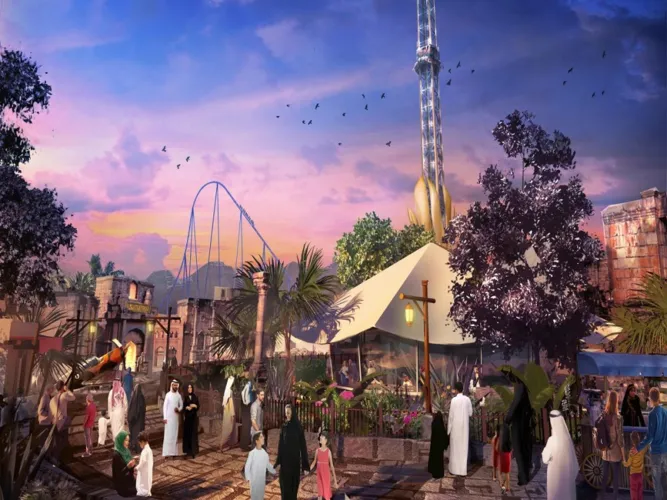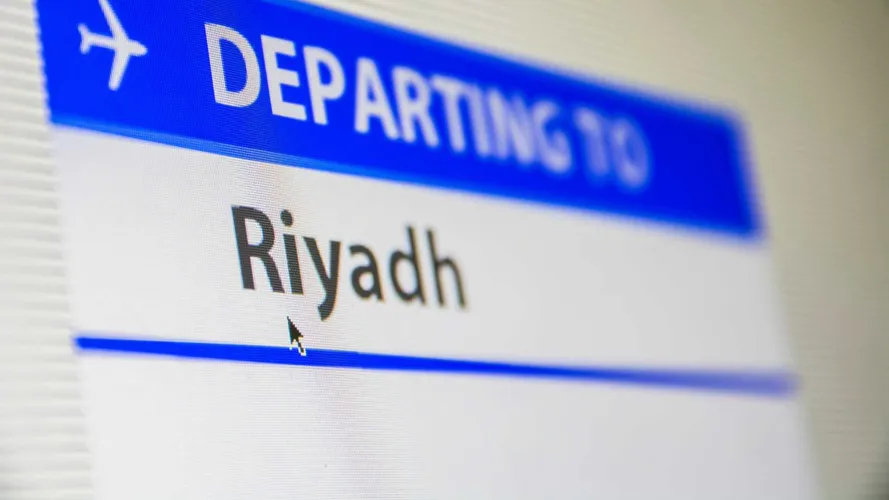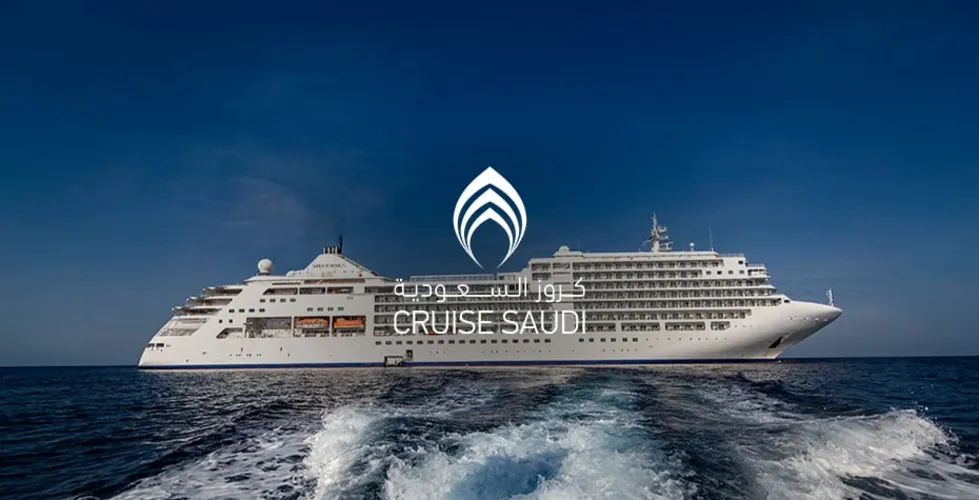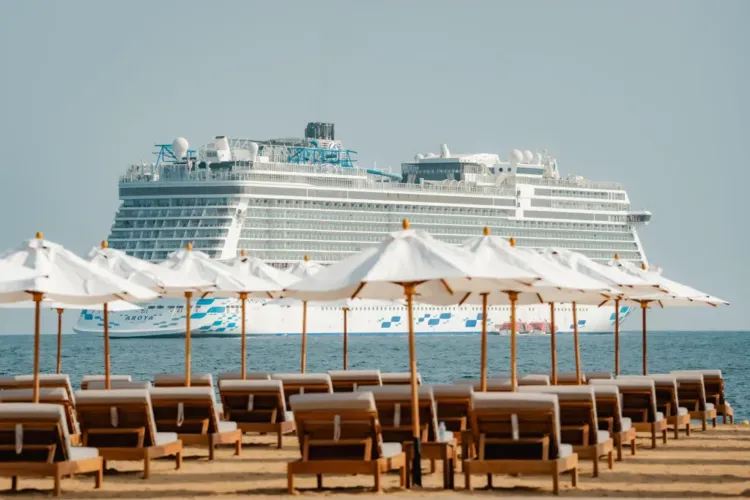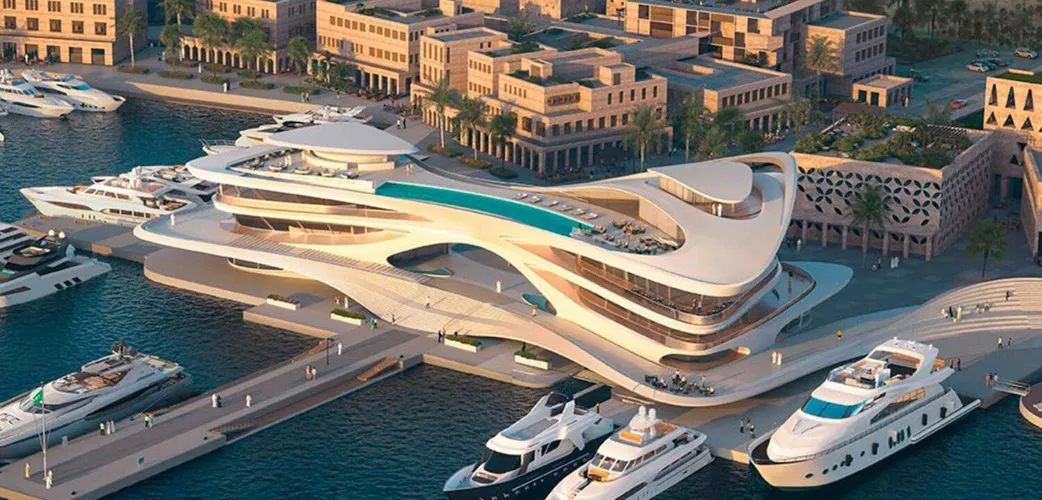Tourism Diversification Spurs 108% Non-Religious Growth
There was a time when Saudi Arabia’s cultural identity felt tucked away, known mostly through religious pilgrimages and historical footnotes. But that image has changed dramatically. Today, tourism diversification has led to a 108% increase in non-religious inbound travel, driving Saudi Cultural Tourism Growth and expanding global engagement with the Kingdom’s heritage.
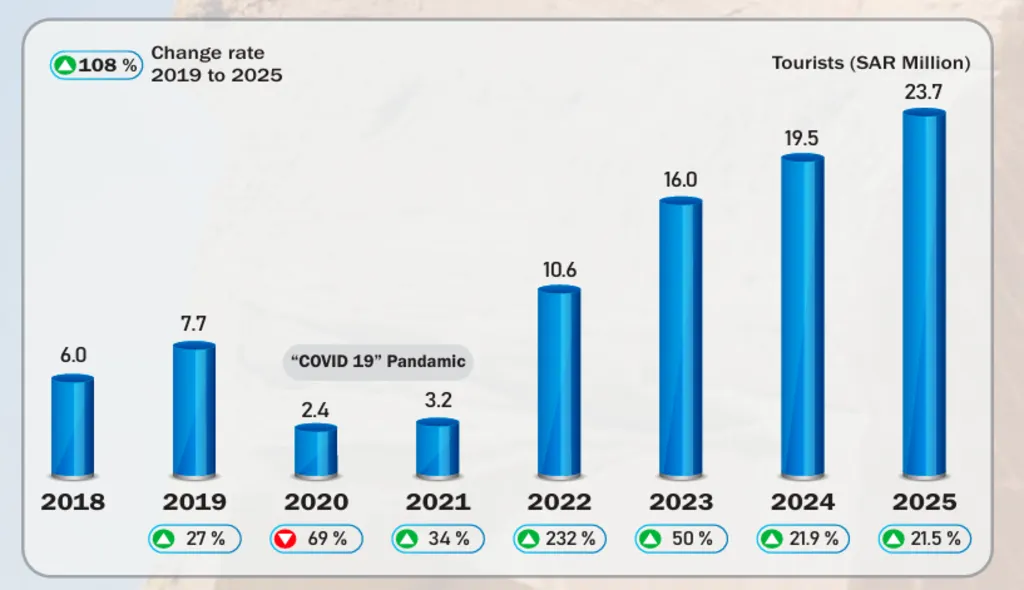
Figure: Annual Growth of Inbound Tourism KSA for non-religious purposes. Courtesy of Insightss Advisory
From the Nabatean tombs of AlUla to the rose valleys of Taif, cultural experiences are now central to Saudi Arabia’s global appeal. The shift is deliberate and data-backed, driven by Vision 2030’s strategy to expand beyond religious tourism and position the country as a cultural powerhouse.
The government’s themed cultural years, like 2024’s “Year of the Camel”, and the expansion of e-visa access to 66 countries have made Saudi Arabia more accessible and culturally magnetic than ever.
The Kingdom is expanding its tourism model by investing in cultural assets, building infrastructure, and aligning its outreach with global travel demand.
13 UNESCO Listings and 8,848 Heritage Sites Anchor Growth
Saudi Arabia’s cultural diplomacy is gaining traction globally, with 13 UNESCO-recognized elements now part of its intangible heritage portfolio. Recent additions like Harees cuisine and metal engraving reflect the Kingdom’s commitment to preserving and promoting its diverse traditions.
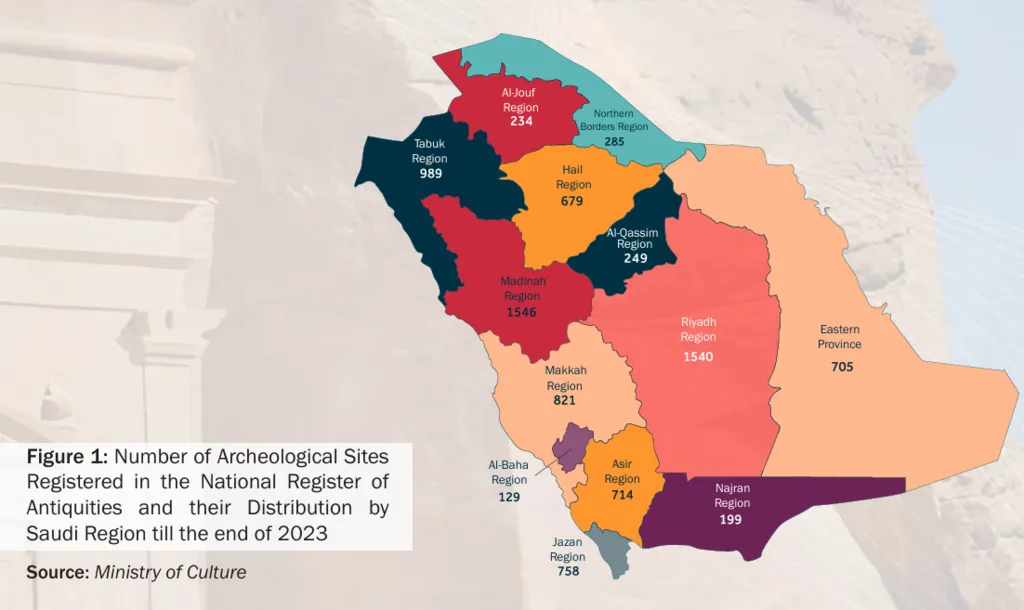
On the ground, the National Register of Antiquities has cataloged 8,848 archaeological sites, while the Urban Heritage Register includes 3,677 documented locations. These heritage assets are actively integrated into public programming.
AlUla’s Desert X 2024, featuring 14 global art installations in Wadi AlFann, exemplifies how Saudi Arabia is merging ancient landscapes with contemporary culture to attract international audiences.
Heritage in Motion: Festivals as Engines of Cultural Engagement
Flagship festivals like Janadriyah; which attracts over 1 million visitors annually, Winter at Tantora in AlUla, and the Taif Rose Festival are immersive showcases of Saudi Cultural Tourism Growth, blending heritage with modern storytelling.
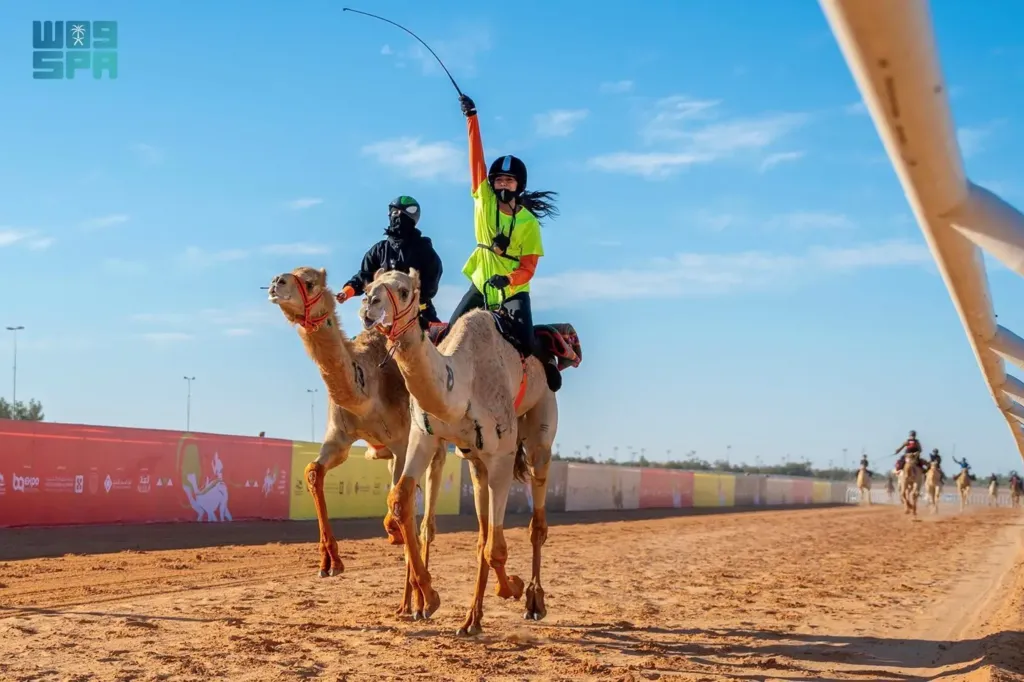
Held annually near Riyadh since 1985, Janadriyah Festival draws over a million visitors with traditional arts, cuisine, and 19-km camel races. The two-week event features daily races and a rotating guest country, celebrating Saudi heritage at scale.
The cultural sector’s expansion is not only quantitative—it’s inclusive. At the Custodian of the Two Holy Mosques Camel Festival 2025, held at the Janadriyah Camel Race Track, female participation doubled compared to the inaugural edition. With 30 riders from 12 countries, including 18 Saudi women, the event added a second race to meet growing demand. Prize allocations for women rose from SAR 188,000 to SAR 376,000, with SAR 60,000 awarded to the first-place winner.
This surge reflects a broader shift: Saudi Arabia’s cultural spaces are becoming more welcoming, participatory, and globally resonant. From camel racing to contemporary art, the Kingdom is inviting the world to engage with its heritage—not just as spectators, but as active contributors to a shared cultural future.
Eastern Markets Lead Visitor Surge: 42% of UAE Residents Interested
Visitor demographics are shifting rapidly. A global survey across 17 markets revealed that cultural tourism is now the top motivator for travel to Saudi Arabia, cited by 19% of respondents. Interest is strongest in Eastern markets: 42% of Indians, 37% of Indonesians, 31% of Hong Kong residents, and 54% of UAE residents report increasingly positive perceptions of Saudi Arabia as a cultural destination.
Leisure travel now outpaces business travel, with 24% of inbound visitors coming for leisure and 22% for visiting friends and relatives (VFR). Religious tourism still accounts for 42%, but the balance is tilting. Saudi Cultural Tourism Growth is resonating across age groups, with over 80% of Saudis aged 15+ attending at least one cultural or entertainment event annually.
SAR 1 Billion in Festival Revenue and 230,000 Hotel Rooms Planned
Investment opportunities in Saudi Cultural Tourism Growth are multiplying. The Buraydah Dates Festival, held annually in Qassim from August and running for 2 to 3 months, generates over SAR 1 billion (US$266 million) in seasonal revenue and creates over 4,000 jobs. It serves as both a commercial hub and a cultural showcase, attracting regional and international visitors while supporting local SMEs and agricultural producers.
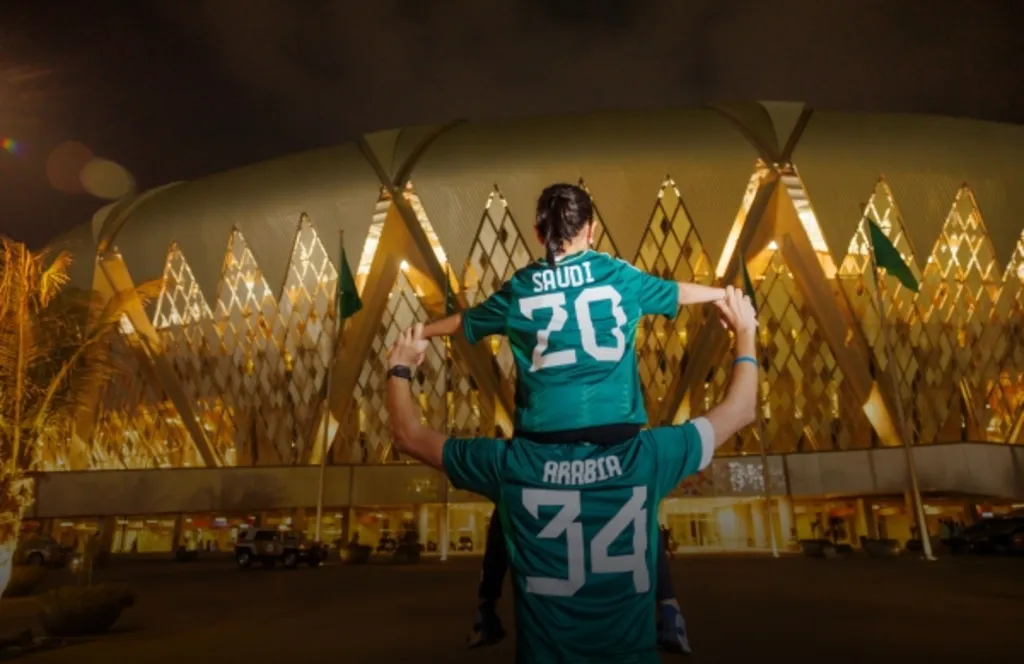
To accommodate rising demand, the Kingdom is planning over 230,000 hotel units ahead of mega-events like the FIFA World Cup 2034. Riyadh alone is projected to exceed 127,000 units, including 51,000 five-star accommodations, while Jeddah will contribute over 40,000 units, strategically positioned near the Corniche and fan zones.
These developments are part of a broader hospitality expansion encompassing festival grounds in Qiddiya (80,000 capacity), King Salman Park (16 km²), and integrated cultural districts such as Diriyah Season and JAX District, designed to host concerts, exhibitions, and fan celebrations year-round.
Public-private partnerships are driving a multi-nodal tourism ecosystem. From luxury resorts in the Red Sea to modular cultural hubs in Riyadh and Abha, infrastructure is being designed to scale and adapt. The Qiddiya entertainment city, envisioned as the Middle East’s Orlando, exemplifies how cultural tourism is being monetized through immersive, experience-led formats.
Digital platforms like Visit Saudi and AI-driven assistants such as Sarah are streamlining travel planning, while the Tourism Aid program supports SMEs entering the cultural tourism space, ensuring that innovation and inclusivity remain central to sectoral growth.
SAR 123.3 Billion in 2024 Tourism Spend Boosts GDP
The economic impact of Saudi Cultural Tourism Growth is already visible. Inbound tourism expenditure reached SAR 123.3 billion (US$32.9 billion) in the first three quarters of 2024 alone. This represents a 10% year-over-year increase and signals robust momentum in the post-pandemic recovery.
Saudi Arabia now ranks first globally in tourism revenue growth for 2024 and leads the G20 in international visitor growth at 69% compared to 2019. These gains are not isolated as they ripple across aviation, retail, hospitality, and construction sectors. Airlines are expanding routes, luxury hotels are opening at record pace, and local businesses are thriving.
Having triumphantly surpassed its initial goal of attracting 100 million domestic and international tourists seven years ahead of schedule, Saudi Arabia now targets 150 million annual visitors by 2030. This ambitious pivot positions cultural tourism as a primary economic lever – valued, measured, and built to last.
Read: Tourism to Double Saudi GDP Share as Kingdom Targets 150M Visitors


